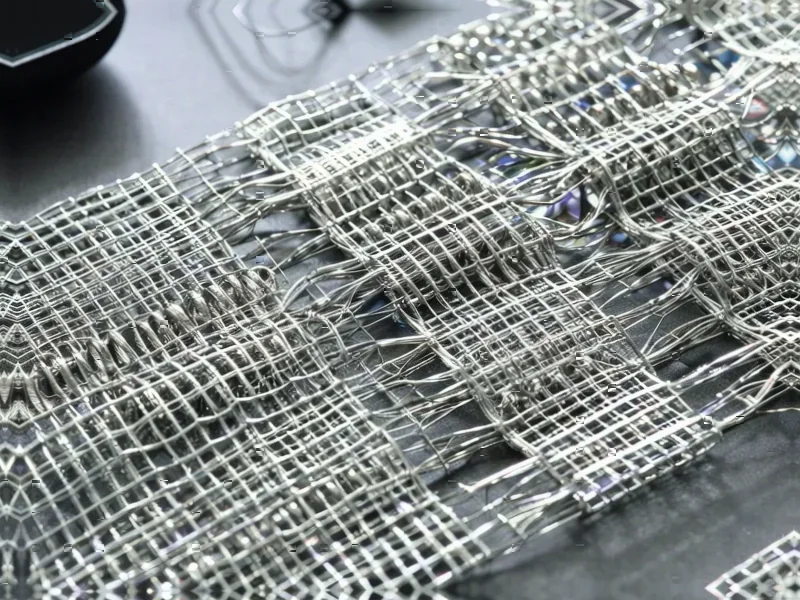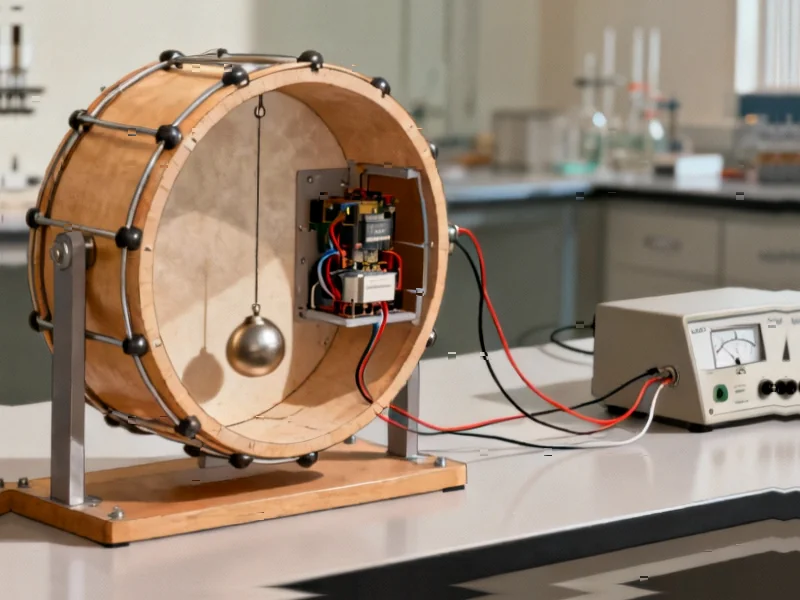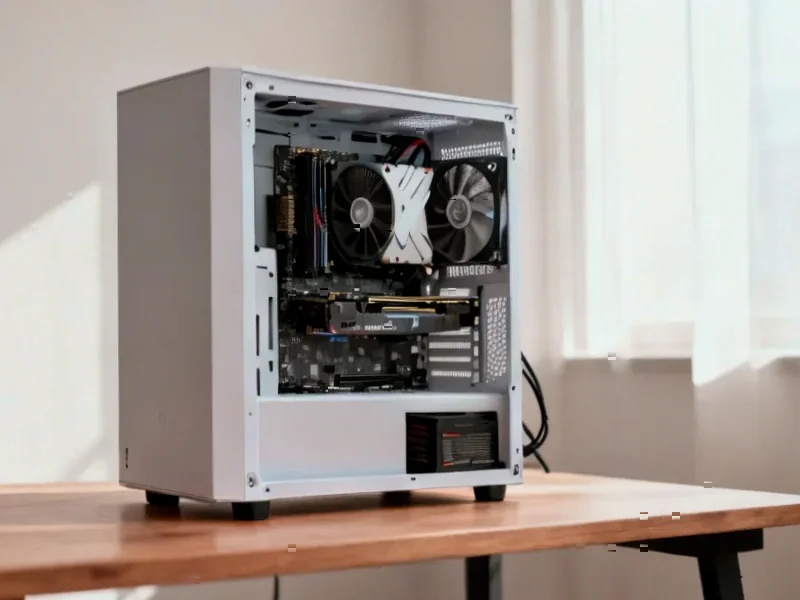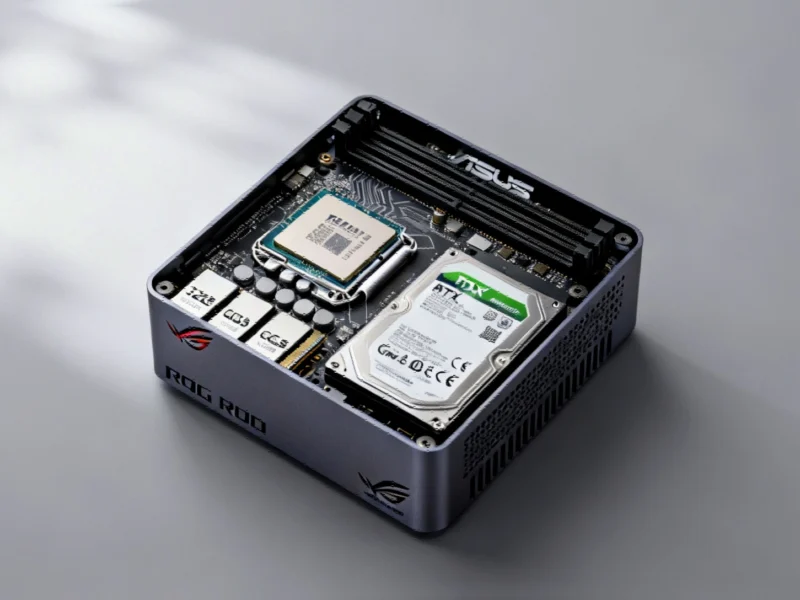According to Phys.org, University of Bristol researchers have developed soft robotic exosuit trousers designed to help astronauts move more freely during future moon and Mars missions. Dr. Emanuele Pulvirenti, who literally taught himself to sew for this project with advice from his tailor grandmother, created the lightweight suit featuring artificial muscles made from nylon and thermoplastic layers. Last month, the technology underwent its first-ever integration with a spacesuit during the ADAMA mission at the University of Adelaide’s Exterres CRATER facility, which is the largest simulated lunar environment in the Southern Hemisphere. The international “proof of concept” mission involved 200 scientists from 25 countries testing the exosuit during planetary surface tasks like walking, climbing, and load-carrying on loose terrain. The suit’s anchoring components use Kevlar for strength, and it’s designed to be worn underneath regular spacesuits to maintain natural movements while reducing muscular fatigue.
The Space Suit Upgrade We Didn’t Know We Needed
Here’s the thing about space exploration that most people don’t think about – moving around in those bulky spacesuits is exhausting work. Astronauts on the moon or Mars will need to do actual physical labor, not just float around gracefully. And muscle fatigue in a hostile environment where every movement counts? That’s a serious problem. This soft exosuit approach is fascinating because it’s basically giving astronauts a subtle boost without making them feel like they’re wearing clunky robot armor.
What really stands out is how Dr. Pulvirenti developed this thing. He taught himself to sew and got advice from his grandmother? That’s some serious dedication. It reminds me that sometimes the most advanced technology doesn’t come from giant corporate labs but from passionate individuals solving real problems. The fact that he handmade the prototype gives it this almost artisanal quality that you don’t usually associate with space tech.
The Earth Benefits Are Just as Exciting
Now here’s where it gets really interesting – this isn’t just about helping astronauts. The team has already developed two types of suits: the assistive one that boosts muscle power (the space version) and a resistive version that applies load to help maintain muscle mass. But their next goal? A hybrid suit that can switch between assistance and resistance modes.
Think about the implications for physical rehabilitation here on Earth. People recovering from injuries or surgeries could use the assistive mode to help them move while they’re weak, then switch to resistance mode as they get stronger to rebuild muscle. It’s like having a physical therapist built into your clothing. And since it’s mostly fabric-based, it could potentially be much more comfortable and practical than the rigid exoskeletons we usually see.
The Long Road From Prototype to Space Station
Dr. Pulvirenti says he’d love to see this technology tested at the International Space Station eventually, but let’s be real – that’s probably years away. Space technology moves slowly for good reason. Everything has to be incredibly reliable because failure in space isn’t just inconvenient – it can be deadly.
The recent tests in Australia’s simulated lunar environment were just the first step. They were looking at comfort, mobility, and biomechanical effects, which means we’re still in the early “does this actually work?” phase. But the fact that it’s already been integrated with a spacesuit in field conditions? That’s promising. It suggests this isn’t just labware – it might actually be practical for real missions.
Basically, we’re watching the very beginning of what could become standard equipment for future astronauts. And if it helps people with mobility issues here on Earth too? That’s the kind of space spin-off technology that makes the whole endeavor worthwhile.




